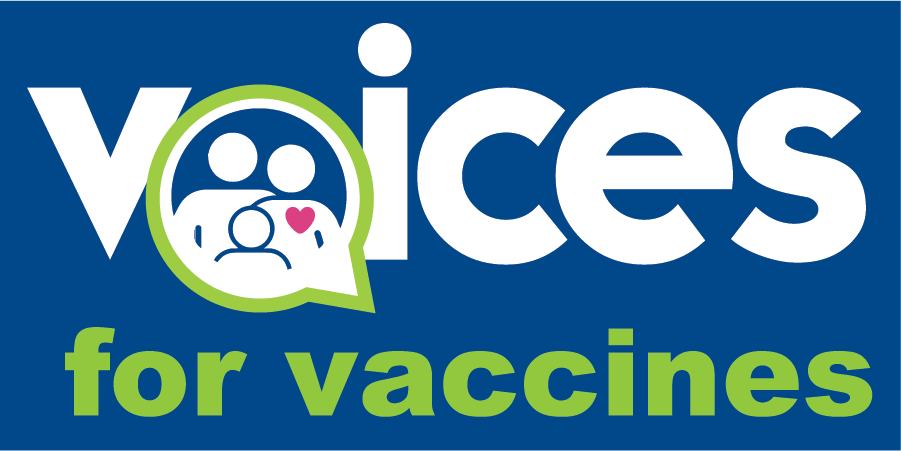The Claim:
A video circulating among anti-vaxxers that polio was rare and often mild even before vaccines, hygiene improvements reduced its spread, the oral vaccine caused more issues like paralysis, and questions the need for continued polio vaccination in the U.S. since the disease was eradicated decades ago.
The Facts:
Stephen Baker, a chiropractor, does not have the education, training, or experience to claim that the oral polio vaccine caused all the cases of polio that resulted in paralysis or use of the iron lung. This is easy enough to disprove since there were about 21,000 cases of polio cases in 1952, a full nine years before the oral vaccine was available and three years before the inactivated vaccine. Also, the iron lung was invented decades before, in 1927.
People not washing their hands before 1955, when the first polio vaccine was used, did not cause polio. Handwashing was not invented in 1955. In fact, sanitation hurt. Before the 1900s, most kids were exposed to polio as babies, which helped them build natural immunity. Better sanitation from the Industrial Revolution improved health but also reduced exposure to the virus, leading to polio outbreaks. He is correct that polio is spread through fecal matter (poop), but through such tiny amounts that you would have no idea you were putting it into your body. I hope you weren’t eating lunch when you read that.
Polio was much feared right before the vaccine was available to families. With 57,000 cases in the U.S. in 1952, parents feared only nuclear annihilation more. And we still vaccinate for polio despite prior elimination, because, as evidenced by the 2022 polio outbreak in New York, infectious diseases are only one plane ride away from somewhere where polio is still active.


